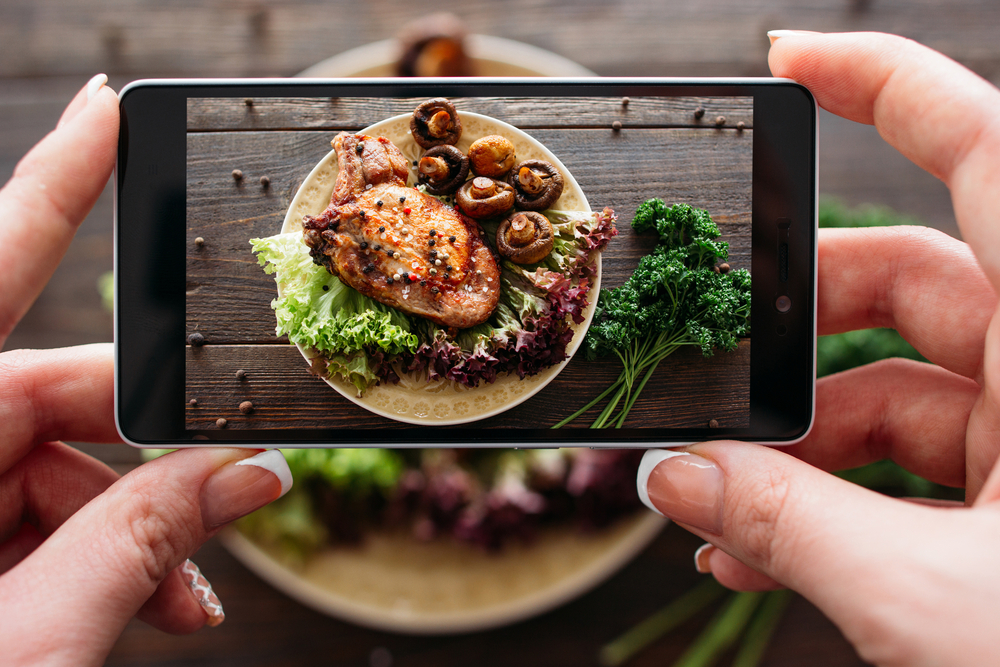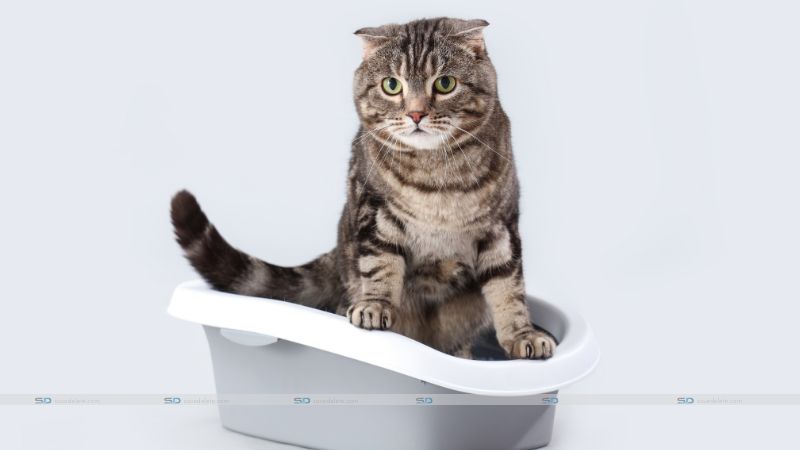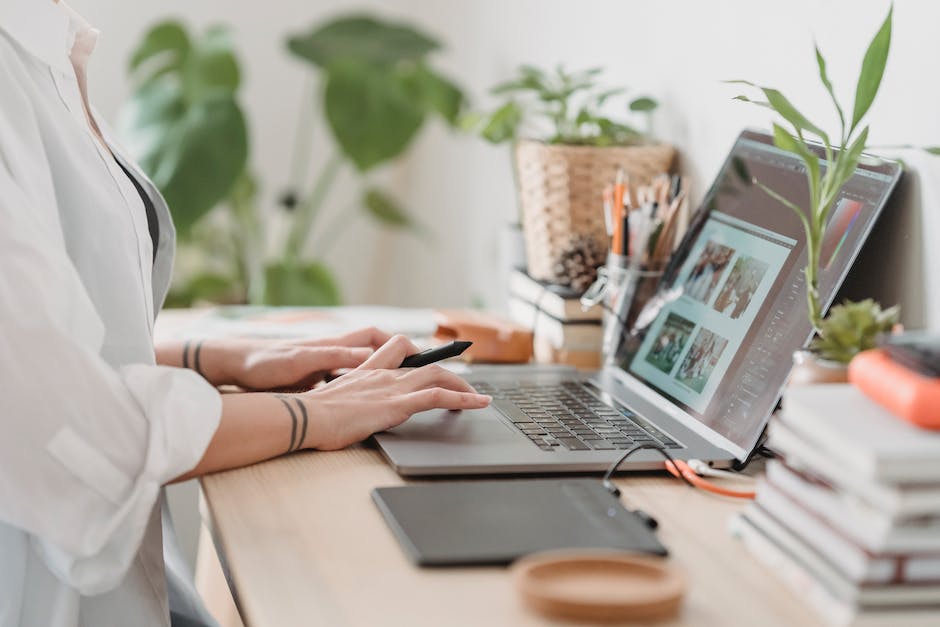Nowadays, there are way more people who like to take pictures of food, than there are those who like to eat. If you belong to the first group, here are 10 professional food photography tips from FixThePhoto company. Even your dinner can easily become a real masterpiece if you make use of these tricks.
1) Natural source of food photography lighting
One of the most important food photography tips and tricks is to use natural light. If you want to make the shades less harsh – use a reflector. If, for some reason you need to take pictures with artificial light, best food photography lighting equipment is a speedlight, studio lighting and softbox.
2) Fresh angles
In food photography it is especially important to experiment with angles and perspectives. Try to bring your artistic vision to life – the variations are endless. You can use standard angles where necessary, but remember that the best angles come from the inner feeling.
3) Have multiple backgrounds ready
Black and white are standard background colors that automatically make the setup look attractive. But you don’t have to limit yourself there – almost everything can be used as a surface for your photography.
4) Shoot RAW
If you shoot RAW, you will be able to make colors look more natural and brighter in post production. Try Food Photography Lightroom Presets Free to achieve perfect color balance that will attract viewers.
5) Know your target audience
You should deliver to your particular audience. Keeping this in mind, when taking photos can drastically change the style and composition of your food photography.
6) Compose your shots
Think through the setup beforehand: main and secondary elements, placement. Put the depth of field on the main object and make sure all the other elements do not distract from it. Your setup shouldn’t be messy, but you are welcome to use your imagination
7) Use secondary elements
Sometimes photographers focus on the main object so much, they forget that secondary elements are just as important in creating a certain atmosphere. Use your hands, newspapers, books, a cup of coffee or whatever you can think of.
8) Do not overdo
Using additional elements is good, but overdoing it is definitely not. Lay out all the elements in an aesthetically pleasing fashion and leave space between them.
9) High-quality editing
If you are not yet familiar with Photoshop but want to have professionally edited photos, we recommend reading the article How To Take Food Photography & How To Edit Food Photos In Photoshop.
10) In motion
To create a more engaging shot – show the process of cooking, display raw ingredients, add smoke to your drinks and oil to salads in Photoshop. This will help you create vivid mouthwatering photos that will attract the viewers.






